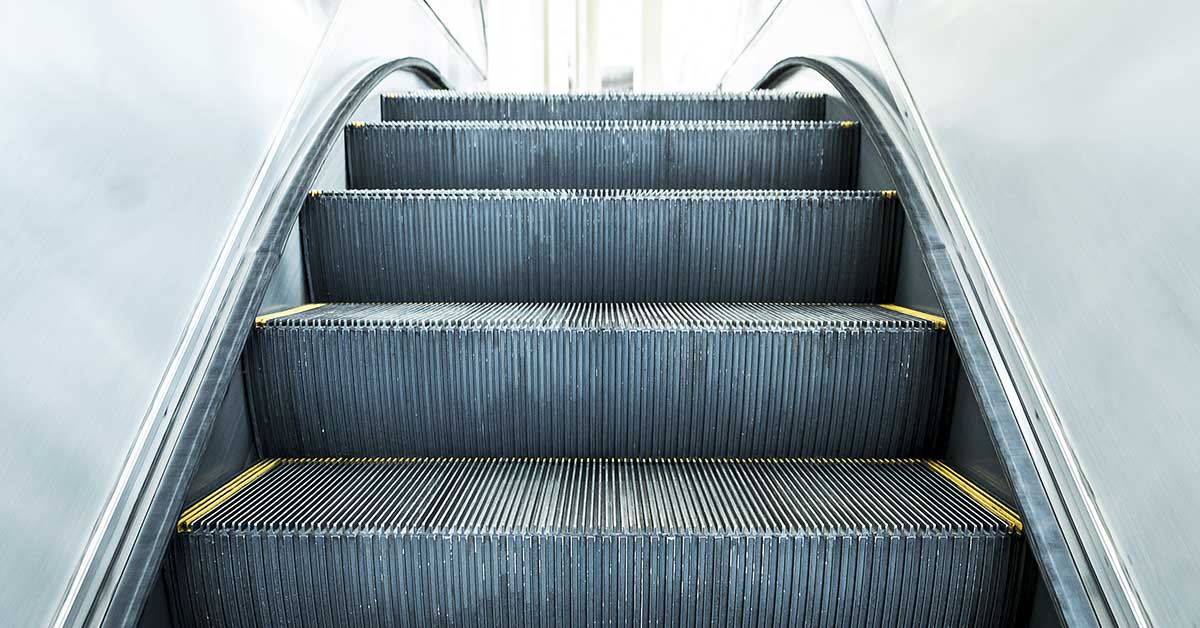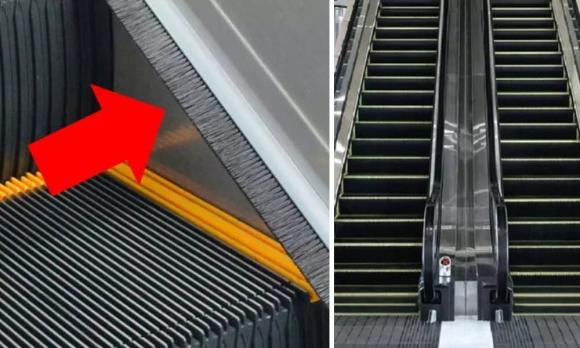The Hidden Purpose of Escalator Brushes—And Why They Matter
If you’ve ever used an escalator, chances are you’ve absentmindedly brushed your shoes against the dark nylon bristles lining its sides. Many people assume these brushes are there simply for cleaning purposes, but in reality, they serve a much more critical function—safety.
According to Buddy the Elf, a TikToker, escalators can be intimidating, especially for those unfamiliar with them. Some people have even suffered injuries from slipping and falling on the moving stairs. This is where the escalator brushes come into play.

The Real Purpose of Escalator Brushes
These bristles act as an essential safety feature designed to prevent accidents. While they won’t stop someone from falling if they’re running or being careless, they do help reduce the risk of serious mishaps. Their main job is to prevent shoes, clothing, or personal belongings from getting caught between the escalator steps and the side panel, known as the balustrade skirt.
Without these brushes, loose garments like long dresses, scarves, or shoelaces could become trapped, creating a dangerous situation. The bristles also serve as a psychological barrier—when a person feels them against their leg, they instinctively move away from the edges, avoiding potential entanglement.
A TikTok account called “Untold Facts” highlighted this, stating, “One of the biggest causes of escalator mishaps is people getting their clothes or bags stuck in them when they stand too close to the sides.”
Real-Life Escalator Incidents
The risk is not just theoretical—many people have experienced close calls. In response to the TikTok post, one commenter shared, “I got my floor-length dress caught in an escalator, and it left oil and grease stains that I could never remove.” Another person wrote, “Just recently, my husband helped a lady whose skirt got stuck in the escalator.” A third added, “Escalators still scare me to this day. My kids laugh at me because I always take the stairs instead.”
Interestingly, these safety brushes, also known as skirt deflectors, weren’t a mandatory feature on escalators until the A2 amendment in 2004. Today, they provide an extra layer of precaution, reassuring passengers as they ride.

Escalator Safety Tips
According to the North Carolina Department of Labor, about 90% of escalator-related accidents involve children or senior citizens, often due to carelessness when boarding or exiting. To minimize risks, experts recommend following these safety guidelines:
✅ Check the escalator’s direction before stepping on.
✅ Lift your feet and step carefully when getting on or off.
✅ Stand in the center of the step and avoid dragging your feet along the edges.
✅ Always face forward and hold onto the handrail.
✅ Do not sit or lean on the handrail.
✅ Never reach over the sides of the escalator.
✅ Exit immediately after stepping off to avoid congestion.
✅ Keep shoelaces, scarves, and loose clothing away from moving parts.
✅ Never board an escalator with a stroller, walker, or large packages.
✅ Avoid riding barefoot or wearing flimsy footwear like flip-flops.
✅ Always supervise children and hold their hands.
If an emergency arises, use the emergency stop button—typically located near the entrances and exits of escalators.

Small Feature, Big Impact
Although they may seem like a minor detail, escalator brushes play a crucial role in passenger safety. Their presence helps prevent accidents, making escalators safer for everyone. So, the next time you feel those bristles against your shoes, remember—they’re not there to clean your sneakers; they’re there to keep you safe.